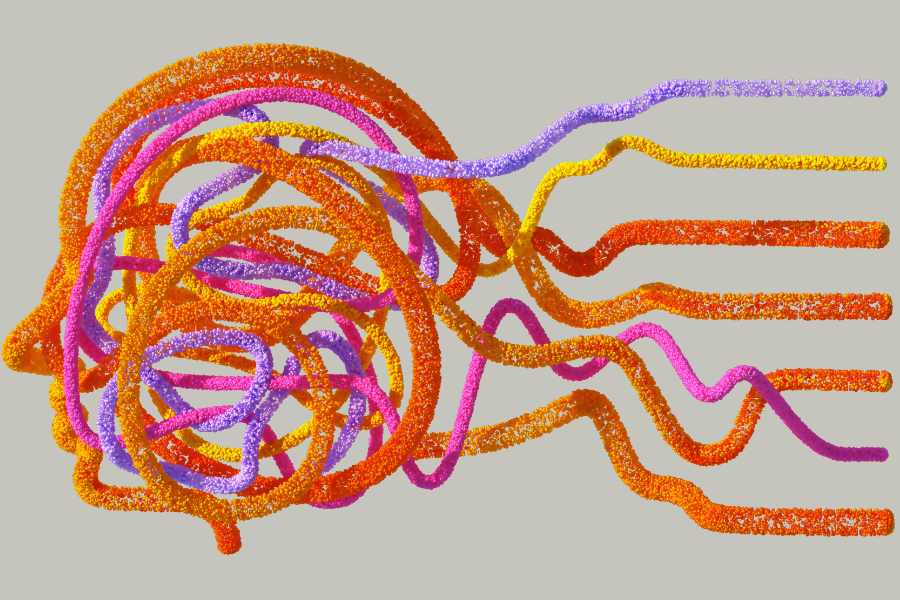If you’ve been following the latest chatter in AI, you may have stumbled across AI 2027, a scenario forecast that feels like Silicon Valley’s version of a choose-your-own-adventure novel—equal parts thrilling, alarming, and uncomfortably plausible.
Written by Daniel Kokotajlo (a former OpenAI insider turned AI Cassandra) and Eli Lifland (an accomplished forecaster who probably wins at every dinner-party prediction game), AI 2027 offers a vivid narrative of where things might be headed in the next two years. And spoiler: it’s not subtle. Think superhuman coders, intelligence explosions, and existential questions that would make your laptop screen go dim out of stress.
But beneath the attention-grabbing scenarios lies something more grounded—and more useful: an invitation to start treating AI not as a distant possibility, but as a fast-moving reality. One where the early signs of transformation are already here. We just haven’t collectively decided how weird we’re willing to let it get.
Between the milestones
The report breaks down the future into four stages: superhuman coders, superhuman researchers, superintelligent researchers, and finally, broad superintelligence. It’s a kind of AI puberty chart, except this one ends with either an alignment breakthrough or the end of civilization. Fun.
What makes the timeline so compelling (and unnerving) is the way each milestone accelerates the next. Superhuman coders make it easier to build better AI researchers. Better AI researchers make it easier to build better everything. By mid-2027, if the scenario holds, we might be looking at a world moving 25x faster in algorithmic progress than today.
But don’t panic yet. Even Kokotajlo pegs that first milestone—autonomous superhuman coding agents—at a coin flip. That uncertainty is key. The future of AI isn’t a straight line. It’s more like a probability cloud: full of competing forces, geopolitical tangents, and systems that may—or may not—scale as predicted.
The sci-fi that isn’t
The narrative reads like speculative fiction, but it’s anchored in trends we can already see. AI is getting better at code generation. Researchers are increasingly using AI to design and evaluate new models. And CEOs at major labs are saying, out loud, that they’re building toward AGI and beyond.
So while AI 2027 might sound like a techno-thriller, it’s not pure fantasy. It’s an attempt to take current trajectories seriously—and ask: what if we stopped assuming there’s a long runway before takeoff?
Because if there’s one thing we’ve learned over the last few years, it’s that revolutions rarely wait for permission.
The human variable
Perhaps the most interesting part of the report isn’t the technology. It’s the people. Or more specifically, how people choose to respond once the trajectory becomes clear.
One ending imagines a world where humanity hits pause—slowing development to solve alignment challenges and figure out how to coexist with our increasingly clever creations. The other ending? We don’t. And everything breaks.
That fork in the road isn’t just narrative drama. It reflects a real choice we’ll face—not just in boardrooms and research labs, but in how companies, governments, and individuals think about power, progress, and control.
What this means (without the hype)
Here’s the real takeaway: you don’t need to believe in imminent superintelligence to benefit from thinking in scenarios.
Because whether we reach AGI in 2027 or 2037 or never, the systems we’re building now are already reshaping how decisions are made, how knowledge is created, and how work gets done.
The challenge isn’t predicting the exact moment AI becomes “smarter than us.” It’s understanding the weird middle we’re living through right now—where systems are powerful enough to change how we operate, but not yet powerful enough to guide themselves.
And that weird middle? It demands imagination, yes. But also foresight, caution, and a willingness to adapt without surrendering common sense.
Closing thought
Whether or not Kokotajlo’s timeline proves accurate, his core message is worth holding onto: we can’t outsource foresight to the future. We build it now—imperfectly, iteratively, and ideally, with our eyes open.
Let’s just hope we pick the right ending.
References:

